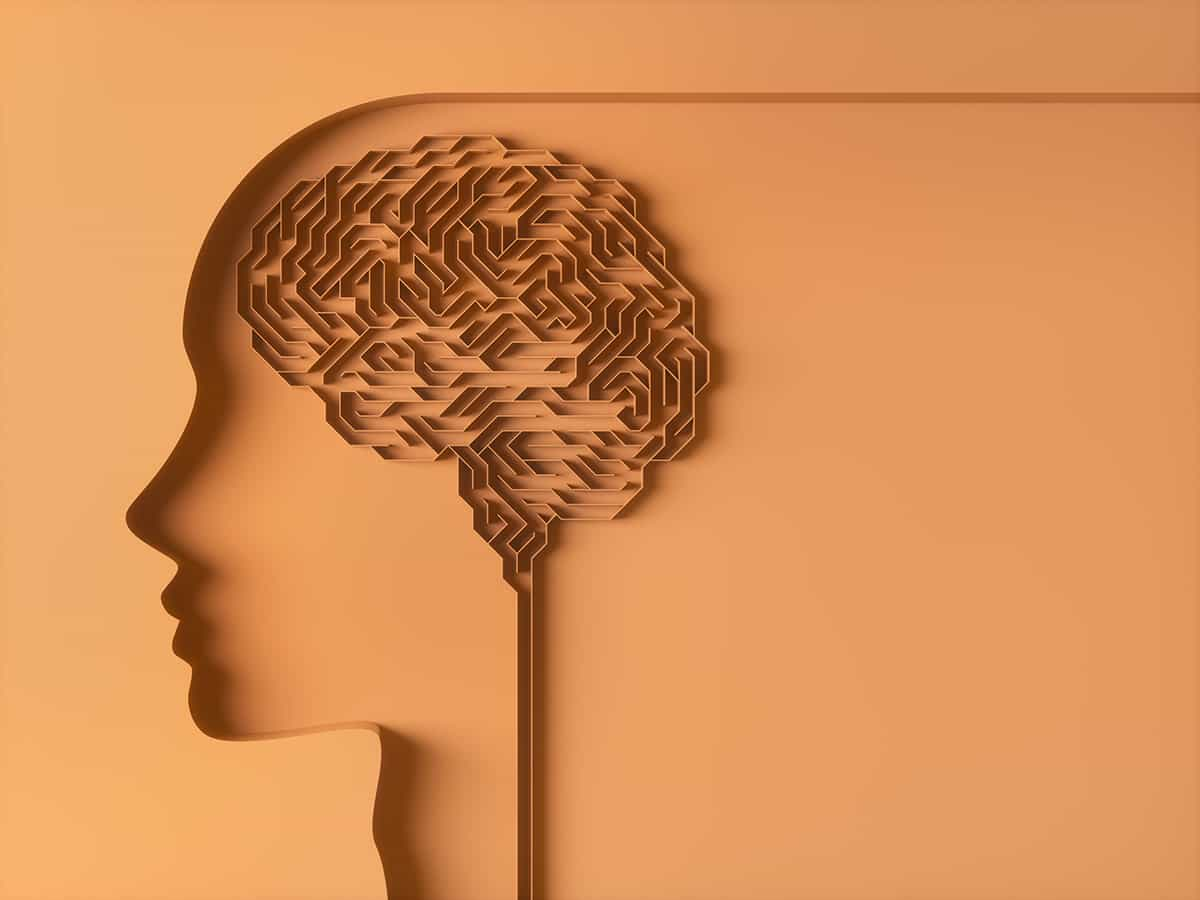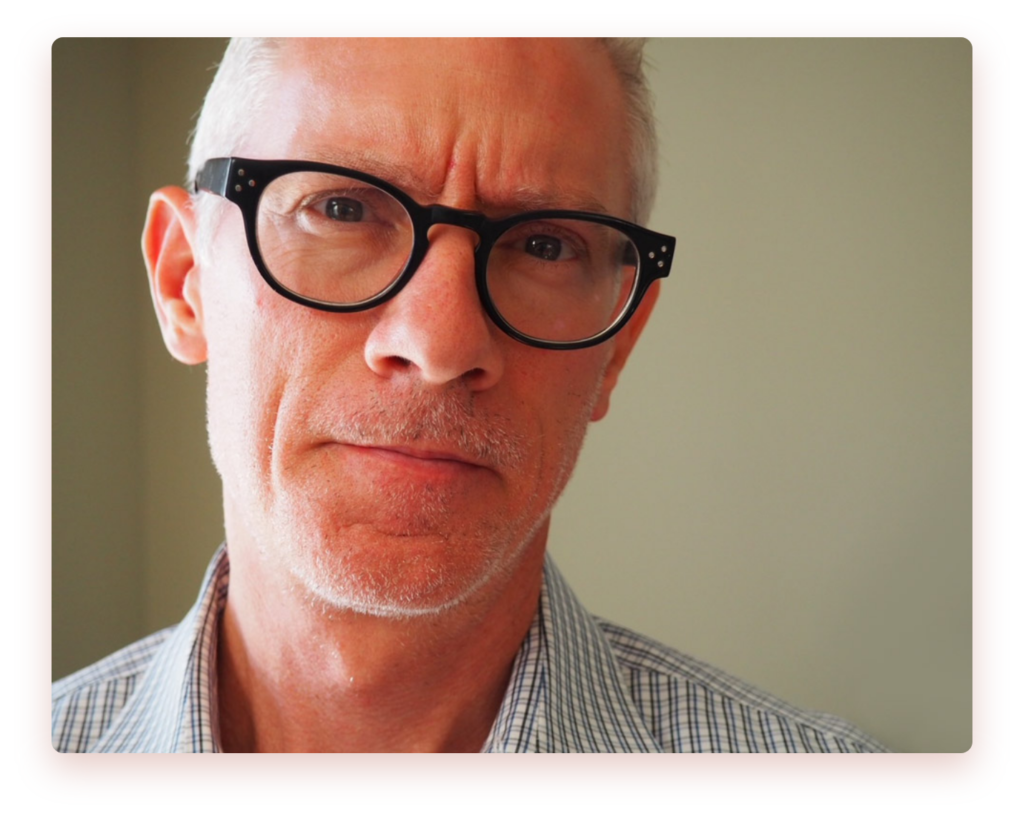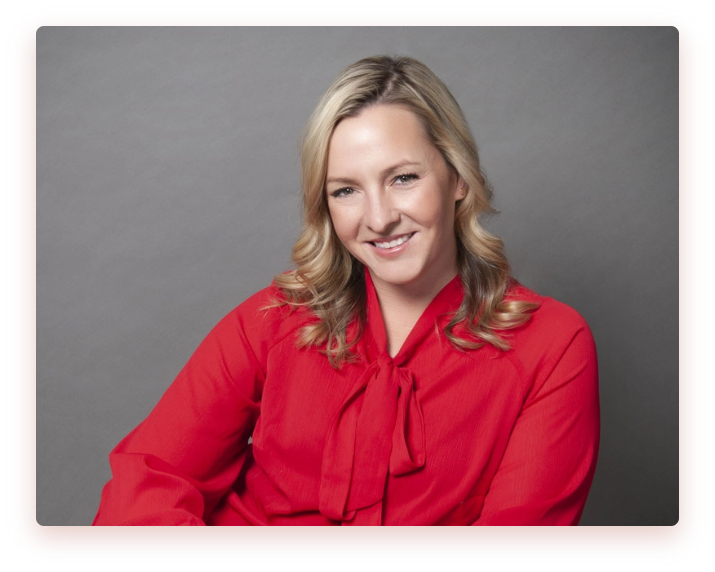Most people think of attachment as something that concerns babies and their mothers, a set of behaviors designed to keep helpless infants close to their caregivers. But decades of research in developmental psychology and neuroscience have revealed that attachment doesn’t disappear after childhood — it simply transforms.
Adult attachment is a central organizing force in romantic relationships, friendships, and even how we interpret threats and manage stress. The patterns laid down early in life become the templates we use to navigate emotional closeness throughout our lifespan.

Psychologist John Bowlby, the founder of attachment theory, proposed that humans are biologically wired to seek proximity to significant others in times of distress (Bowlby, 1969/1982). Mary Ainsworth later demonstrated how infants show different styles of attachment — secure, avoidant, and anxious — based on how their caregivers responded to them. These same patterns show up in adult relationships, a finding confirmed and expanded by researchers like Hazan and Shaver (1987), and further systematized by Fraley and colleagues (Fraley, n.d.).

In adulthood, attachment functions less like physical clinging and more like emotional regulation. People with secure attachment styles generally trust that others will be there when needed. They’re more likely to form stable, satisfying romantic partnerships and show resilience during conflict. In contrast, those with anxious attachment may fear abandonment and seek constant reassurance, while those with avoidant attachment tend to downplay emotions and resist dependence — often misinterpreted as independence or stoicism (Mikulincer & Shaver, 2007).

These attachment styles don’t just affect how we love. They influence how we handle stress, how we behave at work, and how we parent. Studies have shown that securely attached adults have lower levels of cortisol (the stress hormone) in emotionally charged situations and are more likely to seek social support (Coan, Schaefer, & Davidson, 2006). Avoidantly attached individuals, on the other hand, tend to suppress distress signals, which may increase physiological strain over time.

Attachment styles are not fixed for life. While early experiences are influential, adult relationships — romantic partners, close friendships, therapy — can reinforce or reshape attachment patterns. One of the most hopeful findings in attachment research is that “earned security” is possible. A person with an insecure attachment history can, through repeated experiences of attunement and safety, develop more secure ways of connecting (Pearson et al., 2005).
In a culture that prizes self-sufficiency, attachment is sometimes misunderstood as weakness or immaturity. But science tells a different story. Our brains and bodies are designed to function best in the context of close, dependable relationships. Emotional independence is not about isolation, but about feeling safe enough to explore the world knowing that support is available when needed.

Dr. Brian Sullivan is a licensed clinical psychologist with over 30 years of experience. He holds a PsyD Doctorate in Clinical Psychology as well as a Master’s Degree in Clinical Psychology from Florida Institute of Technology (FIT). Dr. Sullivan believes his job is to work himself out of a job by helping people reach a point at which they no longer need his help.

Rachel Kepes is a Licensed Professional Counselor passionate about helping adolescents, their families, and adults struggling with life stressors, relationship difficulties, behavioral and mental health challenges.